pH meter calibration
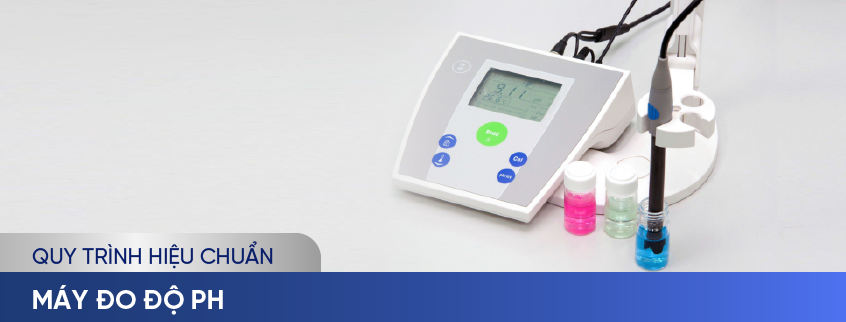
Main content
- The concept of pH
- pH meter
- Structure and operating principle
- Application
- Why should you calibrate a pH meter
- Calibration procedure for pH meter
pH meters play a very important role in many fields, especially in agriculture and the environment. Controlling pH helps us make appropriate adjustments to production and environmental conditions, thereby optimizing the production process, growth and development of plants and animals.

- Acidic solutions (pH less than 7): They have a high concentration of hydrogen ions (H +). The lower the pH, the more acidic the solution. For example, lemon juice and vinegar are acidic and have a pH of around 2-3.
- Neutral solution (pH of 7): This solution has an equal concentration of hydrogen ions (H+) and hydroxide ions (OH-). Pure water is a neutral substance and has a pH of 7.
- Alkaline or basic solutions (pH greater than 7): They have a low concentration of hydrogen ions (H +). The higher the pH, the more alkaline or basic the solution. For example, baking soda and bleach are basic and have a pH of around 9-13.
pH value plays an important role in various fields. In the laboratory or research, almost all processes that involve water require pH measurement. This includes chemical diagnostics, environmental science water quality testing, and biological environmental experiments. Therefore, it is important to measure and control pH in different contexts.
2. pH meter
A pH meter is a specialized scientific instrument that analyzes and measures the acidity or alkalinity of a solution, an important parameter for many applications in different industries, and is an essential tool in many fields that require precise measurements of acidity or alkalinity.
There are many different types of pH meters such as handheld pH meters, desktop pH meters, food pH meters, hydroponic pH meters, pH pens, etc. These types of machines have different features and applications. In this article, we only provide some information about pH meters in solutions.
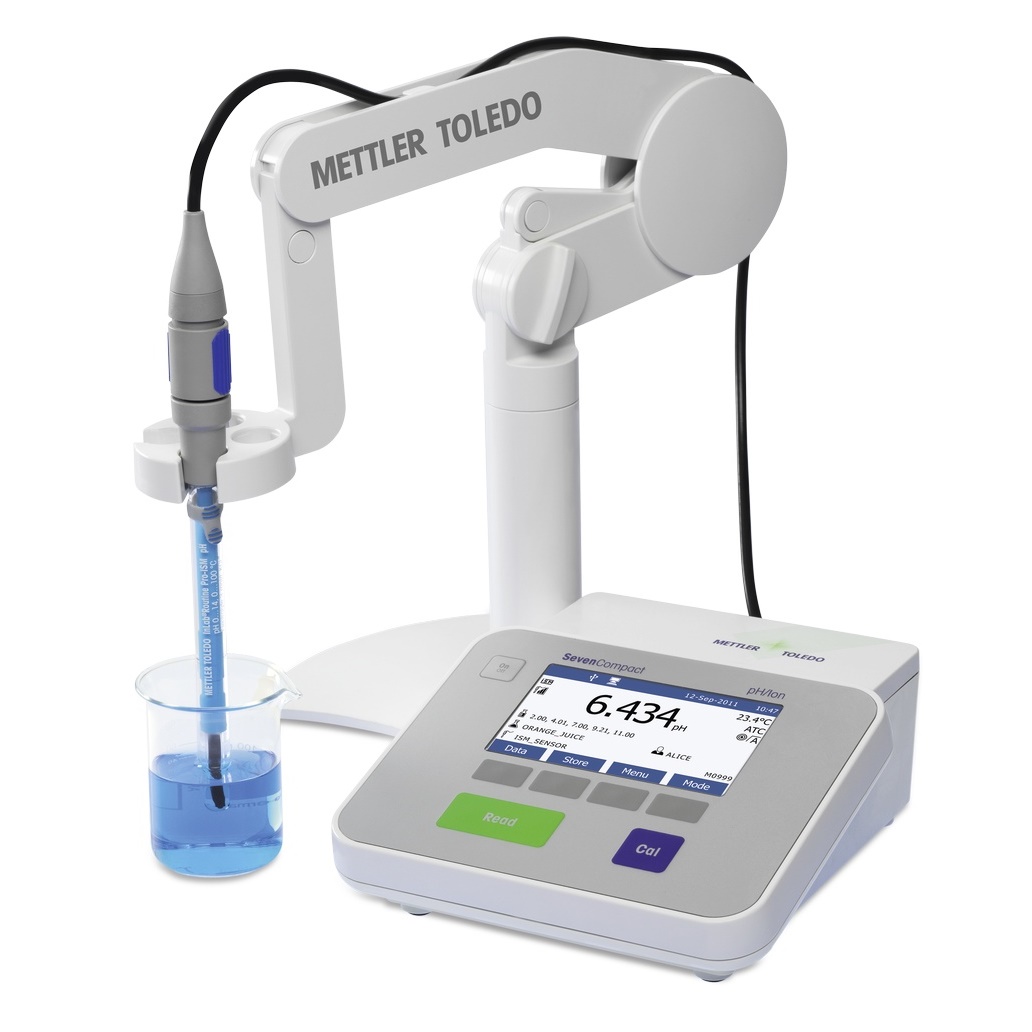 |
 |
3. Structure and operating principle

A pH meter is made up of the following main components:
- Glass sensor electrode: Designed with a bulb made from a special type of glass coated with silica and metal salts. This electrode determines the ability to measure pH through the concentration of hydrogen ions.
- Reference electrode: Usually a silver–silver chloride electrode, although a mercury–mercury chloride electrode is sometimes used. Its purpose is to provide a stable reference voltage for measurement.
- Voltmeter: This is attached to both electrodes and measures the voltage difference between them.
- Voltmeter: This is attached to both electrodes and measures the voltage difference between them.
4. Application
- In the laboratory: In chemistry experiments, pH is important in chemical reactions and often needs to be controlled or adjusted for optimal reactions
- Environmental science: pH is an important parameter in water quality and wastewater treatment. It affects the solubility and toxicity of chemicals and heavy metals in the water supply.
- Food and beverage industry: The food industry uses pH meters to measure acidity in food and beverages. This helps ensure safety and quality, as well as meeting regulatory requirements.
5. Why should you calibrate a pH meter?
- Link measuring instruments to measurement standards to ensure consistency and accuracy of measurement
- Ensure the reliability of measuring equipment with measurement results
- Early detection of damage to take timely maintenance, repair, or replacement measures (if necessary), reducing technical, financial, and environmental risks.
6. Calibration procedure for pH meter
- The means used for calibration are listed in the following table
+ Ambient temperature: (25 ± 5)°C
+ Environmental humidity: ≤ 80%RH (no dew)
- Before performing calibration, the following preparations must be performed:
- Select calibration points
- The standard solution is kept temperature stable at (25 ± 0.05) oC using a thermostatic bath.
- Before performing calibration, the probe of the pH measuring device (referred to as UUT) must be cleaned with an appropriate solvent depending on the material used to make the probe, according to the manufacturer's instructions in the documentation. technical materials, then rinse with distilled water.
6.4 Perform Calibration
- Technical inspection must comply with the following requirements:
- Check the normal operating status and adjustment mechanism of the PTB according to technical documents
- Check the repeatability
- Check the stability (drift)
Recommended calibration cycle: 01 year
To consult and request a quote on our pH meter calibration services, please kindly contact us via the following information:
LABORATORY: DONG TAM MEASUREMENT AND TECHNICAL TRADING SERVICE CO., LTD
ADDRESS: No.57-59 Street 11, Binh Hung Residential Area, Binh Hung Commune, Binh Chanh District, Ho Chi Minh City
TEL: 028 375 83 869 - Hotline: 0909 347 891 (Mr. Lâm)
Email: info@dongtam-mes.vn
Relative post | Xem tất cả
- Stopwatches calibration
- ORP meter calibration
- Hydrometer calibration
- Analytical and Technical balance calibration
- Analytical and Technical balance verification
- Spring dial scales verification
- Spring dial scales calibration
- Bench weight scale verification
- Bench weight scales calibration
- Platform scales verification
- Platform scales calibration
- Chlorine meter calibration



















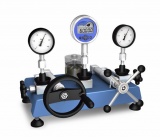
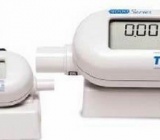
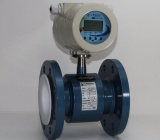

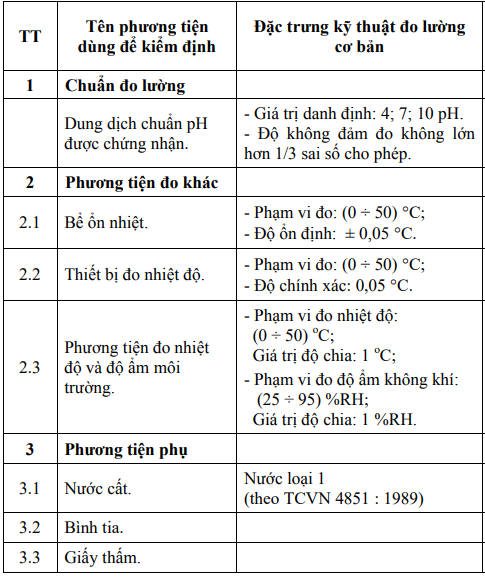
 Legal
Legal  Call: 0283.7583869
Call: 0283.7583869  Search for Certificate
Search for Certificate  Contact
Contact